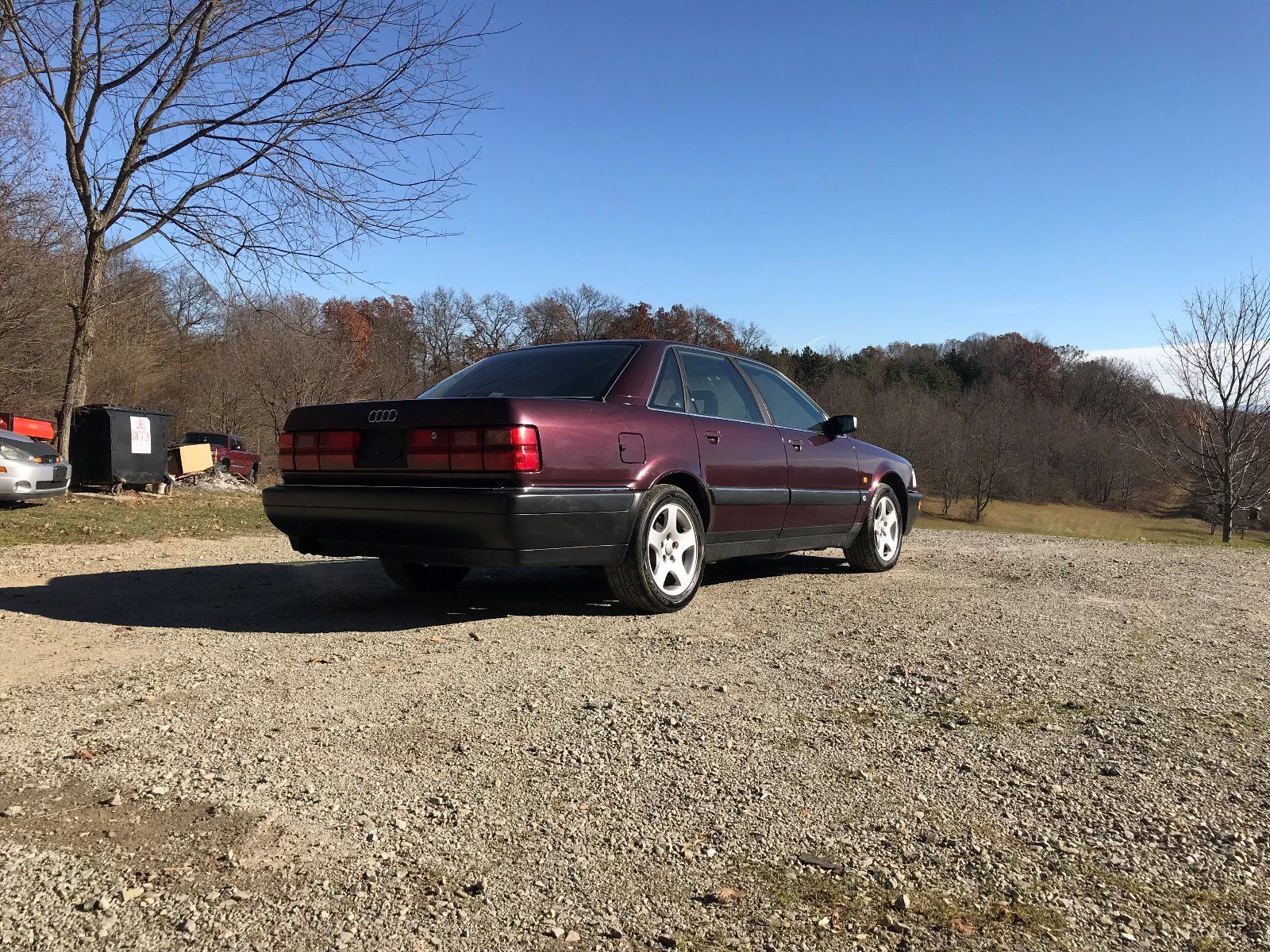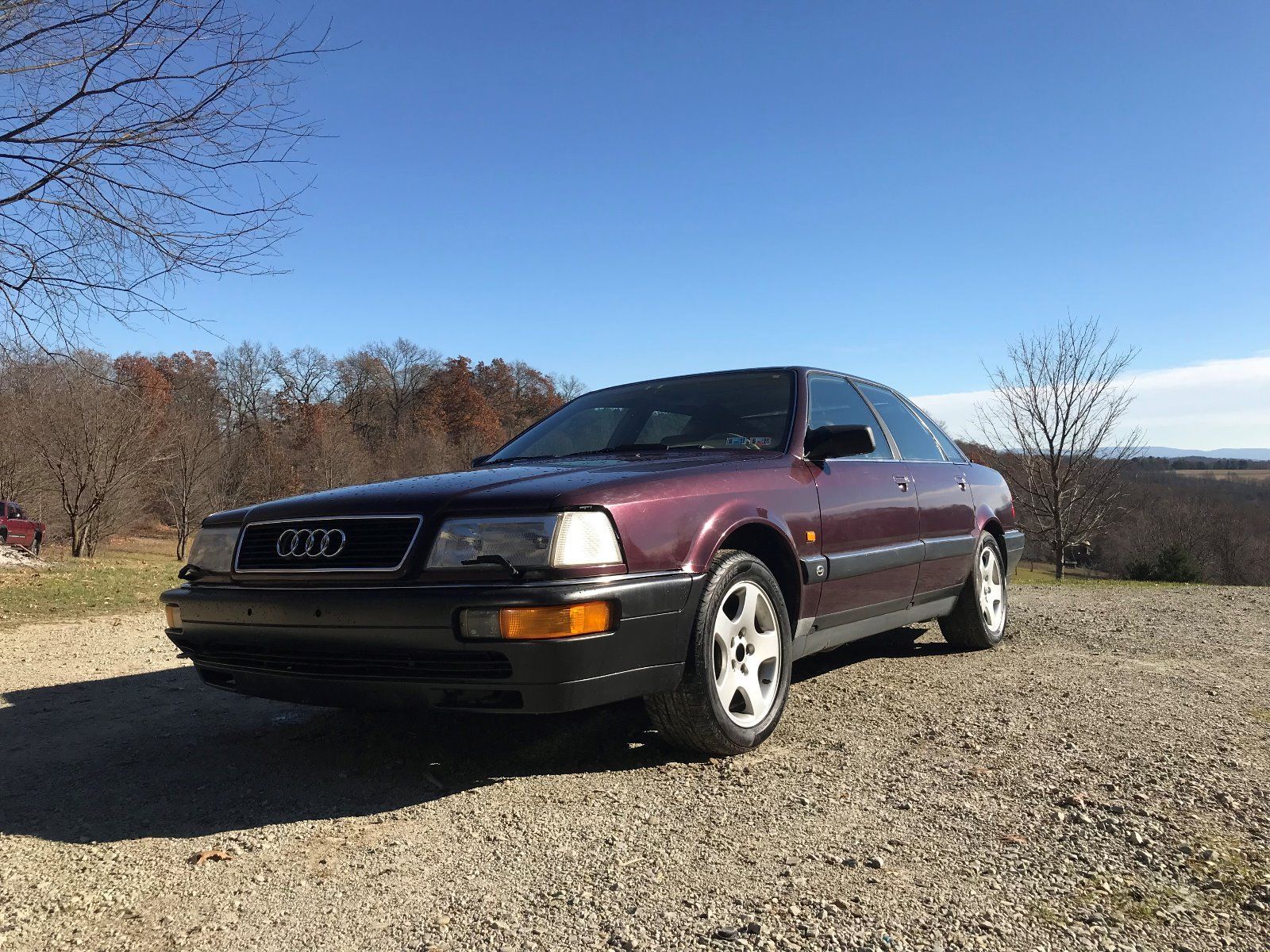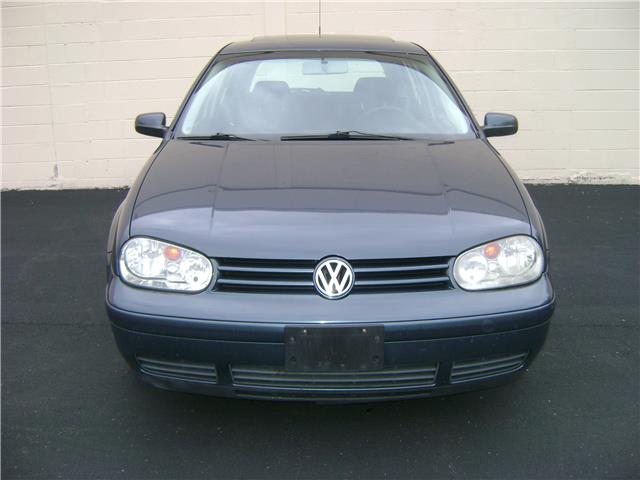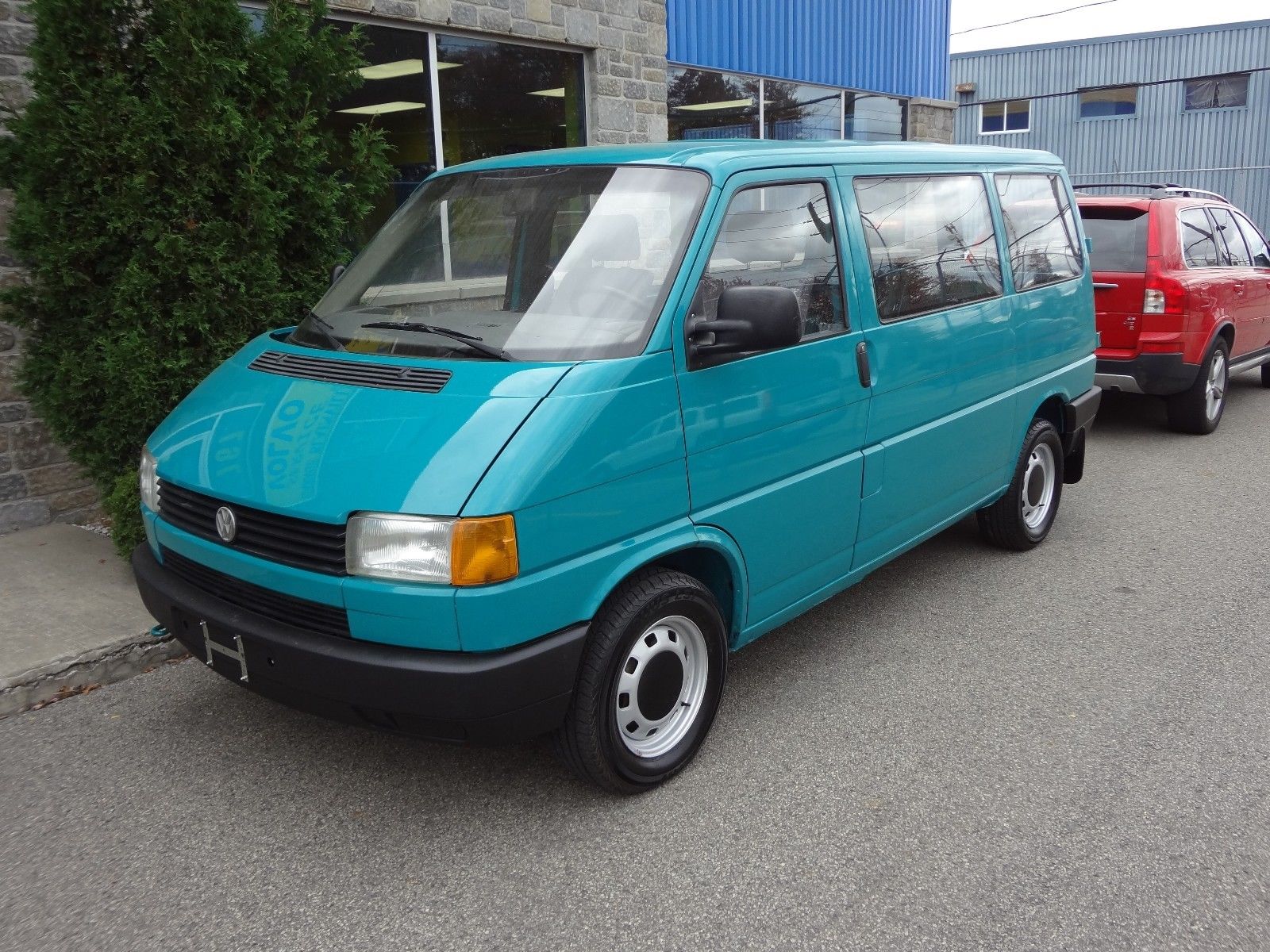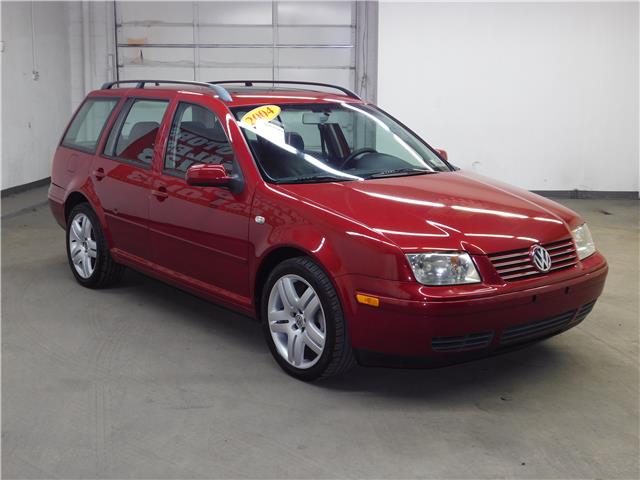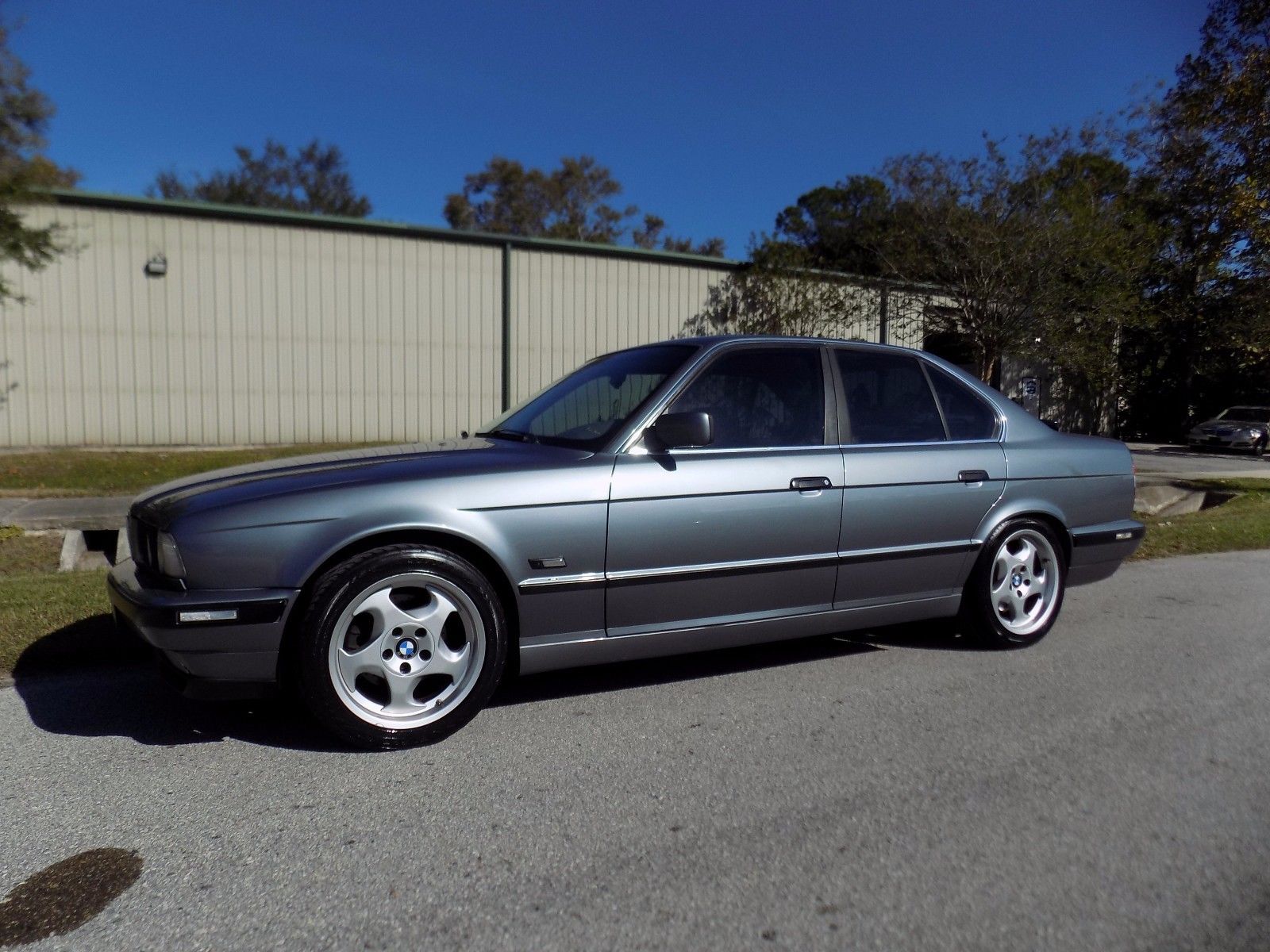If there is one German car that is an honorary Alfa Romeo, it’s got to be the V8 quattro.
From the dated underpinnings of the Type 44 chassis, Audi emerged in 1988 with an all-new 4-cam aluminum engine that could be mated to an automatic transmission. While today most enthusiasts decry the death of the manual, it was still a luxury that people paid dearly for at other points in automotive history, and the technical achievement necessary to combine the two was not unsubstantial. It benefited from a new generation of quattro models, which instead of utilizing manual differential locks had a Torsen unit in the center to automatically split power. But the V8, equipped with the automatic, couldn’t use that Torsen in the middle, instead relying on a multi-clutch differential. Instead, the Torsen unit was moved to the rear of the car. Coupled with a more rearward weight bias with the shorter V8 and the gutsy torque on offer throughout the rev range, though much of the car was borrowed from the rest of the lineup it took on an entirely different character. That was matched with new, updated bodywork outside and a wider stance with flared arches. The effect? Magical. And, complicated.
The results of both were that the V8s developed a unique fanbase separate from most of the other models. The Phantoms of the Four-Ringed Opera, these cars have long-lived in the shadows, myths that are only seen rarely, cars no average mortal would consider owning. The social pariahs who do own them are even more strange, lurking in the dark corners of the internet muttering “NLA” to themselves while figuring out creative ways to keep their coveted creations running, mostly though cannibalization of others. It seems Audi managed to pull off the unfathomable achievement of creating a whole new and unique set of VAG problems specific to the V8.
Being a V8 quattro owner isn’t particularly rewarding. No one has any idea that your car even existed – sometimes, not even Audi dealers. And it will break. Often. When (not if) it does, it will certainly be very expensive to fix. But like an Alfa, occasionally it all works and suddenly you have the greatest car ever conceived. It’s comfortable, quiet, sporty, refined, simple in ergonomics but has everything you need. The steering is sublime for a 90s Audi. The brakes were fantastic. The transmission was a big step forward in design for Audi from the venerable 3-speed. It had a great radio, greater seat heaters and one-touch power windows. It was cutting edge.
